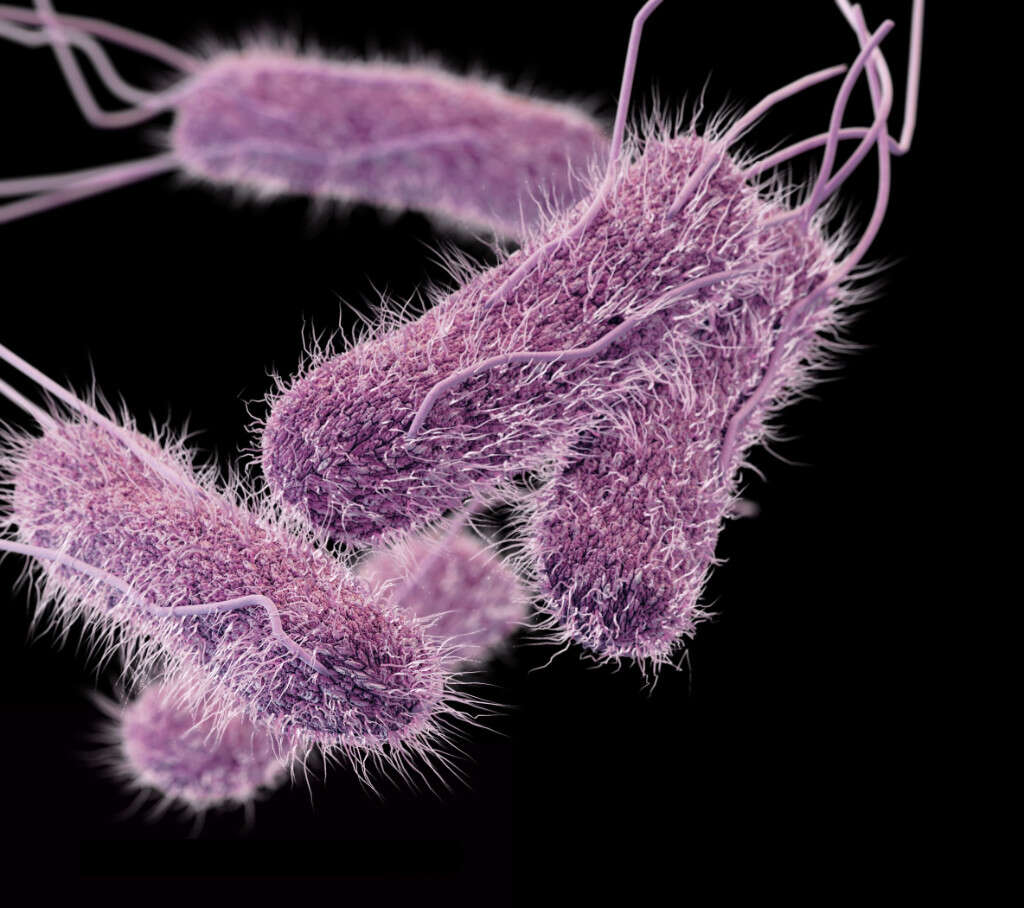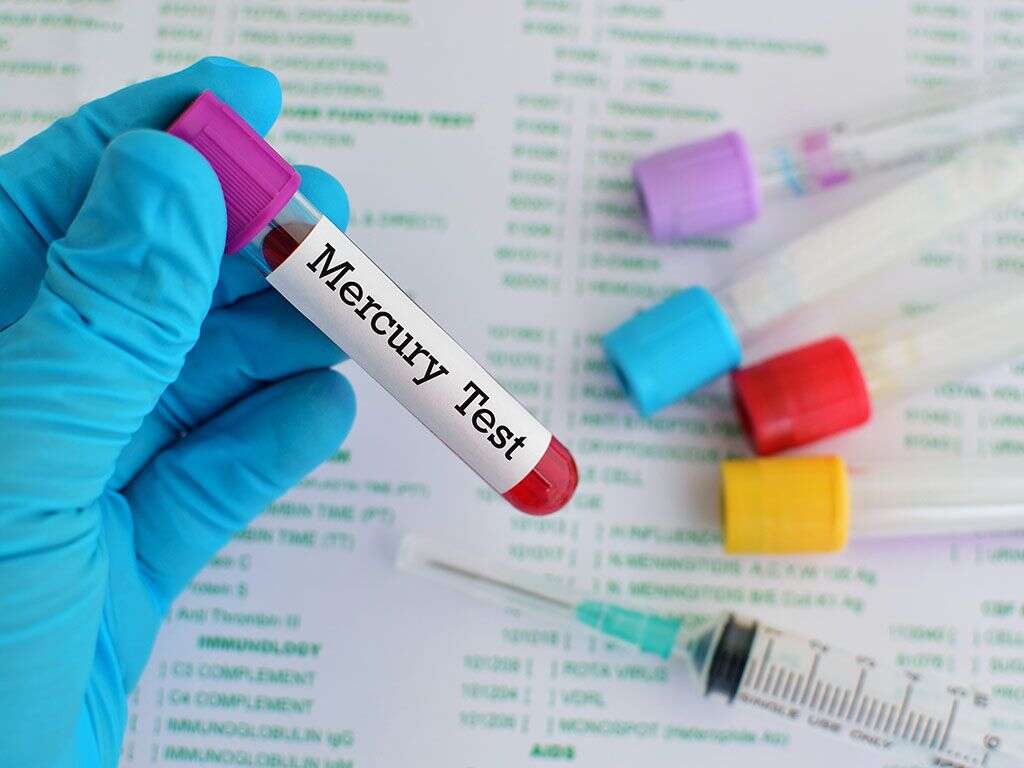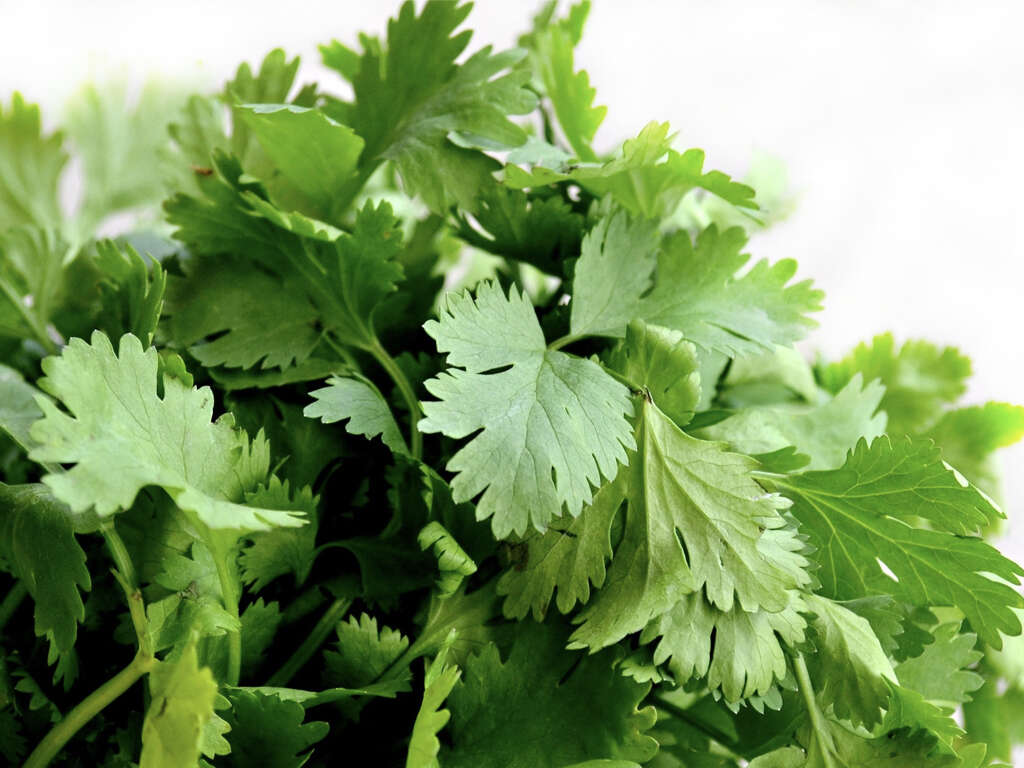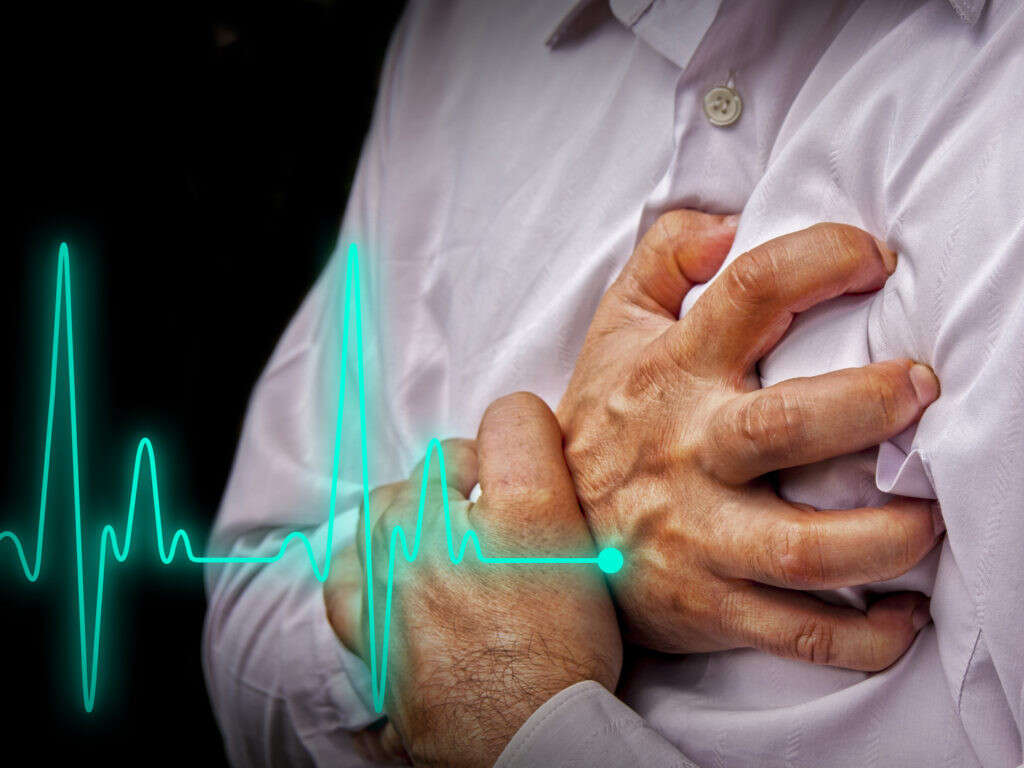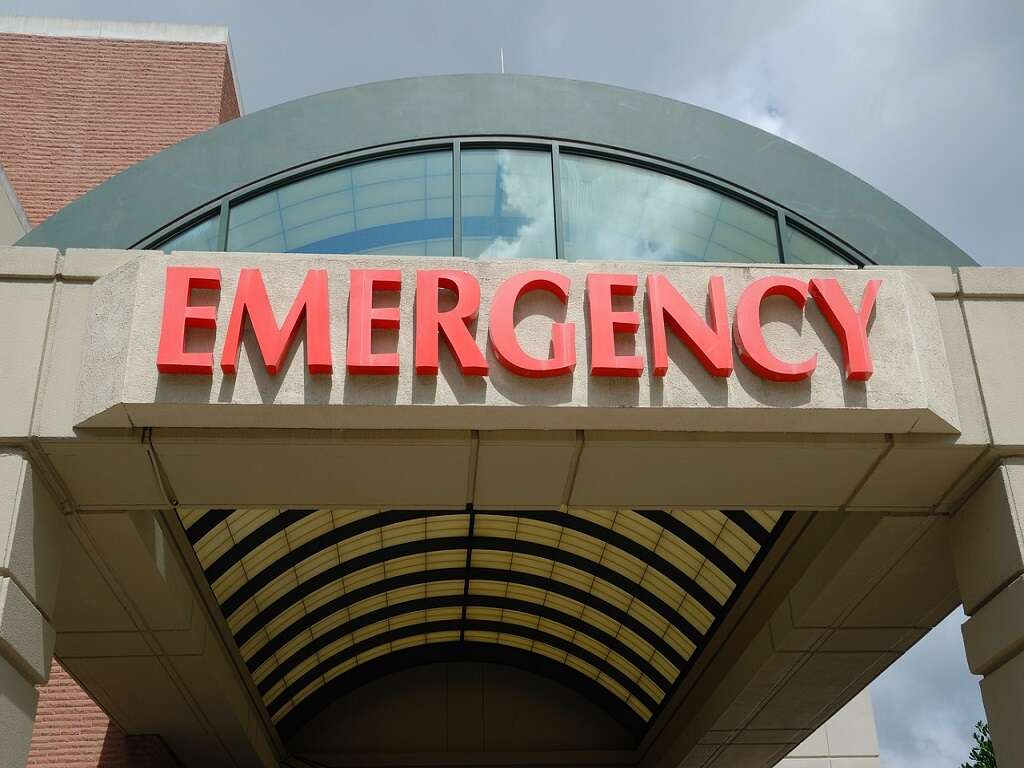10 Symptoms of Food Poisoning
Food poisoning is a condition where an individual becomes ill from consuming water or food that is contaminated with bacteria, toxins, parasites, chemicals, or viruses. The most commonly involved pathogens are Salmonella, Clostridium perfringens, Norovirus, Escherichia coli, Campylobacter, and Staphylococcus aureus. While some severe cases can lead to permanent disability and death, most cases are mild and resolve without treatment. Depending on the severity of the illness, some may require aggressive hydration, hospitalization, and antibiotic treatment. If two or more individuals exhibit gastrointestinal symptoms, and contaminated food or water is determined as the source of the illness, then it is considered an outbreak.
In the United States, foodborne diseases were once estimated to cause 6 to 8 million illnesses that resulted in approximately 9,000 deaths annually. However, due to changes in the identification of new foodborne diseases, changes in food supply, and the availability of new surveillance data, the morbidity and mortality numbers have changed. The Centers for Disease Control and Prevention (CDC) have estimated that the thirty-one known pathogens of foodborne disease cause 9.4 million illnesses, with 55,961 hospital admissions and 1,351 deaths. If you include unspecified agents (substances known to be in food but whose ability to cause illness is unproven), the CDC’s total statistics are as follows: About 1 in 6 Americans suffer from a foodborne illness every year (a total of 48 million individuals). Of this number, 128,000 are admitted to the hospital and 3,000 result in fatality.

Symptom #1: Abdominal Pain
Abdominal pain refers to pain or discomfort felt anywhere in the abdomen. The abdominal pain felt in food poisoning can be described as painful muscle cramps that may signify underlying electrolyte loss. The abdominal pain is most severe during the inflammatory process.

Symptom #2: Nausea and Vomiting
Nausea is a sensation of unease and discomfort that often includes an urge to vomit. Vomiting is the involuntary and forceful expulsion of stomach contents through the mouth and sometimes the nose.
It is also known as emesis, puking, barfing, or throwing up. Both nausea and vomiting are common and nonspecific symptoms that can be observed in many conditions, such as pregnancy, food poisoning, and anxiety.

Symptom #3: Diarrhea
Diarrhea is a condition where a patient has three or more episodes of loose stools per day. It is a common and nonspecific symptom seen in various foodborne illnesses. Diarrhea is usually self-limiting and resolves on its own after several days. Acute diarrhea usually lasts less than two weeks. Diarrhea lasting longer than two weeks is known as persistent diarrhea.
Diarrhea longer than four weeks is known as chronic diarrhea. Patients with persistent or chronic diarrhea should seek medical attention. In addition, if the diarrhea is accompanied by a fever, the patient may need antibiotics. Anti-diarrheal medication is generally not recommended unless approved by a medical professional.

Symptom #4: Headache
A headache is pain or discomfort anywhere in the neck or head. It is a common and nonspecific symptom seen in various conditions and diseases. Types of headache include tension headaches, migraines, and cluster headaches.
Headaches associated with food poisoning are often mild and episodic. They resolve once your body clears out the toxins.

Symptom #5: Fever
Fever occurs when the set point of body temperature is elevated above normal. It is a common and nonspecific symptom that can be seen in many infections. In food poisoning, the presence of a fever suggests that there is an invasive disease.
When the set point of body temperature increases, the body tries to reach the higher temperature. Chills, which cause a sensation of cold, often accompany a fever. The repeated muscle contractions caused by shivering help increase body temperature as the body continuously tries to produce and conserve more heat.

Symptom #6: Stool Changes
Stool changes are any abnormal changes in the appearance, consistency, or frequency of the stool. For example, in a cholera infection, the stool may be profuse and watery. In food poisoning, the stool may be bloody or coated with mucus (i.e., slimy).
Stool changes may be confused with diarrhea, but changes in stool do not necessarily mean that the stool is loose. The stool can still have a normal consistency even if it is mucus-coated or bloody.

Symptom #7: Reactive Arthritis
Reactive arthritis is a type of joint pain due to inflammation. It usually occurs due to an infection by certain bacteria, such as Chlamydia trachomatis, Campylobacter, Shigella, Salmonella, and Yersinia. In reactive arthritis, the joints are painful and swollen.
Some other symptoms associated with reactive arthritis include eye inflammation, urinary issues, swollen toes or fingers, and skin problems. It usually affects the knees, ankles, and feet, and it can also involve the skin, urethra, and eyes.

Symptom #8: Bloating
Bloating occurs when the gastrointestinal tract is filled with excessive gas or air. It is a nonspecific and common symptom that is often observed in indigestion, after overeating, and during pregnancy. Patients feel tight, full, or swollen in the abdomen, and the abdomen feels hard, distended, and painful.
A bloated abdomen is often associated with frequent belching, pain, abdominal rumblings, and flatulence. Bloating is associated with Giardiasis (a parasitic infection).

Symptom #9: Dizziness
Patients suffering from food poisoning are prone to become dehydrated due to diarrhea, vomiting, and fever. One of the early signs associated with dehydration is dizziness.
Trying to maintain a proper hydration level can become hard for patients with nausea, but it is important to do our best to prevent dehydration.

Symptom #10: Rose Spot Macules
Rose spots are macules that are about 2 to 4 mm in diameter and are often seen in patients with enteric fever, such as paratyphoid and typhoid. They occur due to infection by Salmonella paratyphi and Salmonella typhi. The rose spots appear as bacterial emboli underneath the skin and occur in about 33 percent of typhoid fever cases.
It is a classic symptom in untreated diseases and is associated with nontyphoidal salmonellosis and shigellosis. The rash appears seven to twelve days after the onset of symptoms, and the rose spots usually last between three to four days.
